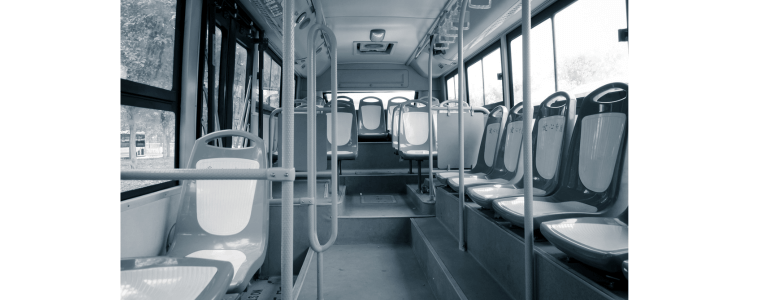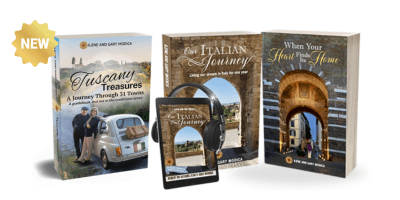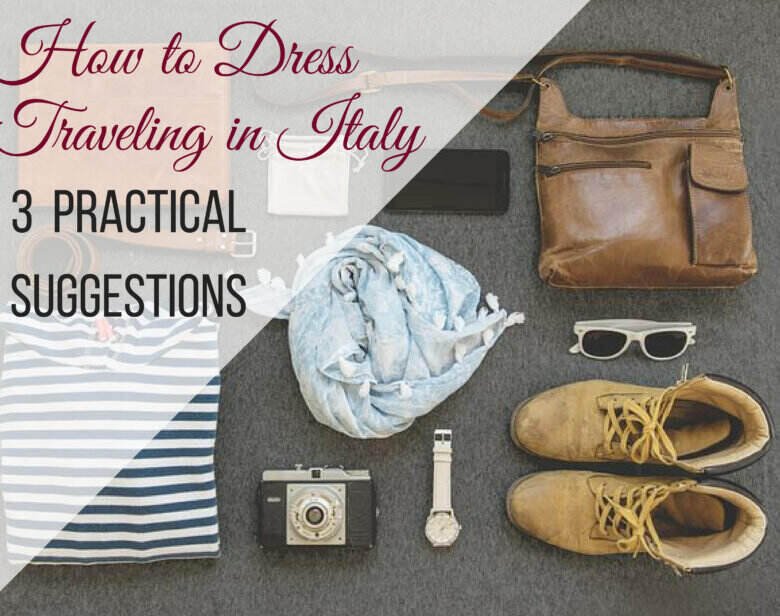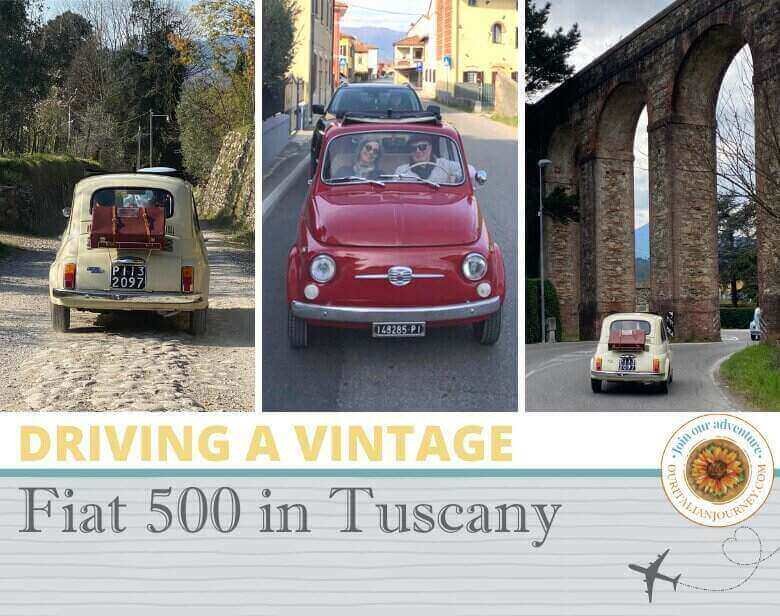Transportation in Italy is one of the most important decisions you’ll make when planning your trip. How will you navigate this beautiful country? With various options available, choosing the one that best suits your itinerary, travel style, and budget is essential. For those unfamiliar with Italian travel methods, we hope this guide will help you explore your options.
This post contains affiliate links that help keep this website running. By purchasing through our links, we make a small commission at no extra charge to you. Thank you for your support!
Bus Travel in Italy
While trains are the backbone of Italy’s transportation network, buses provide an excellent alternative for reaching smaller towns not serviced by trains. Here’s what you need to know:
- Regional Buses: These connect smaller towns and are often the only option for reaching remote villages. Each region has its own bus company.
- Long-Distance Buses: Companies like FlixBus and MarinoBus operate intercity routes, offering an affordable alternative to trains, especially for budget-conscious travelers.
- City Buses: In cities like Florence, Rome, and Venice, local buses are an efficient way to get around. Tickets must be purchased in advance from tobacco shops or vending machines and validated upon boarding. However, this is changing slowly. For example, here in Lucca, the new “at—Autolinee Toscane” bus line has the new “Tip tap” way to purchase tickets. Check your town’s information center; they can help you.
- Check schedules in advance, as buses have limited services on Sundays and holidays.

Transportation in Italy by Car
A car is ideal for those looking to venture off the beaten path. Regions like Tuscany, Sicily, Puglia, and the Dolomites are best explored by car, offering access to charming villages, rolling hills, and breathtaking coastlines.
Things to Keep in Mind When Driving in Italy:
- Transmission: Automatic cars are rare, so you may need to drive a manual vehicle.
- City Driving Challenges: Italian cities are congested, parking is expensive, and historic zones (ZTLs) restrict access.
- Highway Tolls: Most highways (autostrada) have tolls, though they’re the fastest way to travel by car.
- Fuel Costs: Gasoline is expensive compared to other countries.
- The Italian Driving Style: Be prepared for fast and assertive drivers. It’s a thing here (giggles).
Companies like Auto Europe, DoYouItaly, and Economy Car Rental have competitive rates and various rental options. If you plan an extended driving trip, consider long-term rental or lease options for the best value.

Both these memoirs beautifully capture the essence of Italy. Both have won the Reader Ready “Recommended Read Award”
Tuscany Treasures is a guidebook with a twist. Personal stories accompany places to visit, festivals and traditions in each town, and more. Separate chapters cover rail travel, seasonal information, and Tuscany’s foods and wine.
What You Need to Know About the Roads
It is important to know where you can and cannot drive. You should also look for the ZTL signs when driving in historic centers. A “traffico limitato” zone is where non-residents cannot enter with a car. Such areas are common, although typically only active during the day. Entering a ZTL pretty much guarantees a ticket and a fine.
Transportation in Italy… Who Can Rent a Vehicle in Italy?
Renters must generally be 21 or over, with a credit card and home-country driving license or International Driving Permit. To drive a vehicle in Italy, you must have insurance against personal and material damage. All car rental companies offer optional (but recommended) coverage and comprehensive insurance covering all damage, regardless of who caused it.
Renting a Scooter
Agencies throughout Italy rent motorcycles and scooters, ranging from Vespas to large touring bikes. A license is required to ride a scooter – a car license will do for bikes up to 125cc; for anything over 125cc, you’ll need a motorcycle license.
Rules to Know
It’s obligatory to wear seat belts (front and rear), drive with your headlights on outside built-up areas, carry a warning triangle and fluorescent safety vest in case of breakdown, and wear a helmet on all two-wheeled vehicles.
Private Drivers for Airport Transfers
Private transfers are a convenient alternative if driving isn’t your thing (it isn’t mine). There are Facebook groups for almost every city you want to visit. Find out by asking if there are local drivers locals can recommend.
When Flights Just Make Sense

While flights within Italy are available, they’re often less convenient than trains or cars due to airport locations, security checks, and potential delays. However, flights are practical for trips from the mainland to Sicily or Sardinia.
There are plenty of companies that can help you find deals, but watch for extra fees from low-cost airlines. The fares initially look too good to be true, and then you must consider your bag and seat costs.
Train Travel: The Best Transportation in Italy
With all our posts about train travel, you know it’s our preferred method by now. Train travel is undoubtedly the best choice if your trip revolves around visiting iconic cities like Rome, Florence, and Venice. Italy boasts an extensive rail network with high-speed trains connecting major cities and regional trains reaching smaller towns. Here’s why trains are the top pick for many travelers:
- Speed and Efficiency: High-speed trains in Italy can reach up to 300 km/h (185 mph), dramatically reducing travel times. For instance, the journey from Rome to Florence takes only 1.5 hours by train, compared to at least three hours by car.
- Comfort: Modern trains have spacious seats, power outlets, Wi-Fi, and snack bars. There’s also ample room for luggage in overhead racks or designated compartments.
- Convenience: Train stations are centrally located, eliminating the need to navigate congested city traffic or find parking. This is particularly advantageous in cities where driving is challenging.
- Cost-Effectiveness: Booking tickets in advance can lead to significant savings, with fares as low as €15 on specific routes.

Understanding Italy’s Train System
Italy has two main train operators, Trenitalia, which is a government-owned rail service that provides high-speed intercity and regional trains. The other is Italo, a privately owned company offering high-speed train services between major cities.
Trains connect many popular destinations, including major cities. Travelers should note that timetables are updated bi-annually in June and December. If schedules for your travel dates aren’t available, check the same day of the week in an earlier month as a reference.

Are There Discount Fares?
Both Trenitalia and Italo offer decent discounts on advance purchases. Generally, the earlier you book, the greater the savings – though refunds and changes on such tickets are highly restricted. By signing up for Italo’s newsletter, you’ll receive discount codes when special offers are available (which I understand happens quite frequently).
Trenitalia regularly offers discounts on its tickets to tourists. It is definitely worth checking out if you:
- If you plan to travel just over a weekend, it is worth considering the Weekend Return Offer. This opportunity gives you up to a 40% discount on Intercity tickets.
- If you plan to travel to several cities… you can travel as much as you like over 3 or 5 consecutive days, with the Italia in Tour ticket at a fixed price.
Can You Bring Bikes on Trains?
Taking bicycles on many Italian trains is possible by paying a small surcharge. When booking your ticket online, look out for the bicycle icon to know whether the train has a dedicated carriage for bikes.
Tips for Navigating Transportation in Italy
- Book Ahead: Early bookings save money and secure your preferred options whether it’s a train ticket or car rental.
- Understand ZTLs: If driving, research ZTL zones to avoid fines.
- Travel Light: By train or car, managing luggage is easier with a minimalist approach.
- Consider Regional Travel Cards: In cities like Florence, Rome, and Venice, travel passes can offer unlimited use of public transport for a fixed period of time.
In Conclusion
Italy’s transportation network is diverse and well-connected, making exploring everything from busy cities to serene countryside villages easy. By planning your travel options in advance and choosing the best method for your itinerary, you’ll ensure a smooth and enjoyable Italian adventure. Whether you’re speeding through the country on high-speed trains or cruising the scenic countryside by car, Italy’s beauty is always within reach.











Gary and Ilene, a very good post, as usual. We have visited Italy 4 times so far and are looking forward to our next visit. We first visited in 1973 soon after we got married and as we were about to finish at the university and traveled via student Eurail passes (about 2 ½ weeks of our 11 week trip were in Italy), 2022 via a Viking ocean cruise ship (about 2 weeks of port calls around Italy where we were on tour busses), plus a drive in a rental car from Venice to Lake Como with an overnight in Sirmione. In 2023 we did a 29 day road trip in Italy in a rental car and in 2024 a 31 day road trip via rental car, about half of it in Italy, the rest in Austria, Switzerland and France. I’ve now driven something like 4,500km in Italy so far, and about another 3,500km in other parts of Europe. Our take is that each transportation mode has its advantages and disadvantages. We prefer road trips because we like to have the schedule flexibility and the ability to get “off the beaten path” some. A car makes it easy to do day trips on your schedule. We also believe it is easier to deal with luggage with a car than other forms of transportation. Can it be challenging? YES! The most challenging until this month was driving through Sirmione at Lake Garda to our hotel on the other side of the Scaliger Castle, which we’ve now done twice. However, we just got back from an 18 day road trip through the Netherlands, Belgium and France, and driving in and out of central Paris was the most challenging, even worse than Sirmione or Manhattan. Driving into and out of the center of Florence last May with all of the construction was also a challenge. One of the most beautiful drives we’ve ever done was last year from Venice, through the Dolomites to Lake Braies.
My thoughts: Watch your speed! I got a ticket for 5km/h (3.1MPH!) over the speed limit in a 45 km/h zone in 2023 near Lake Iseo. You can get an International Driver’s Permit (that cannot be purchased in Europe) for about $20 at AAA and it’s good for one year. We have rented our cars through AAA and it has worked out very well. If your hotel is in a ZTL, arrange with them in advance to get you authorized to drive in the ZTL; you will need the rental car license number to be authorized into the ZTL. Be sure you reserve a hotel that has parking, which may be at the hotel or nearby. We were able to figure out how to take care of the Autostrada tolls with no problems. Gas is expensive, but the distances are typically much less than in the U.S. Be aware that gas may be hard to get on a Sunday. You may need a PIN for your credit card to buy self-service gas; I was not aware that you could get a PIN for a credit card. Even though I’ve driven about 80% of the approximately one million miles I’ve driven with a manual transmission, I usually get a car with an automatic and it has not been a problem getting one. Get the smallest car that will hold all of your passengers and luggage, as the roads are narrower and parking spaces tighter than in the U.S. We have always paid for full insurance coverage on the car so we don’t have to worry about any mishaps. Note that (as far as I know) most U.S. car insurance policies will not cover you in Europe. There was a GPS in every rental car we’ve had, some better than others. Before you drive off the first time, familiarize yourself with programming the GPS. The GPS in your cell phone is a great backup.
Enjoy the ride!
Thanks Dennis for the additional information – very informative!